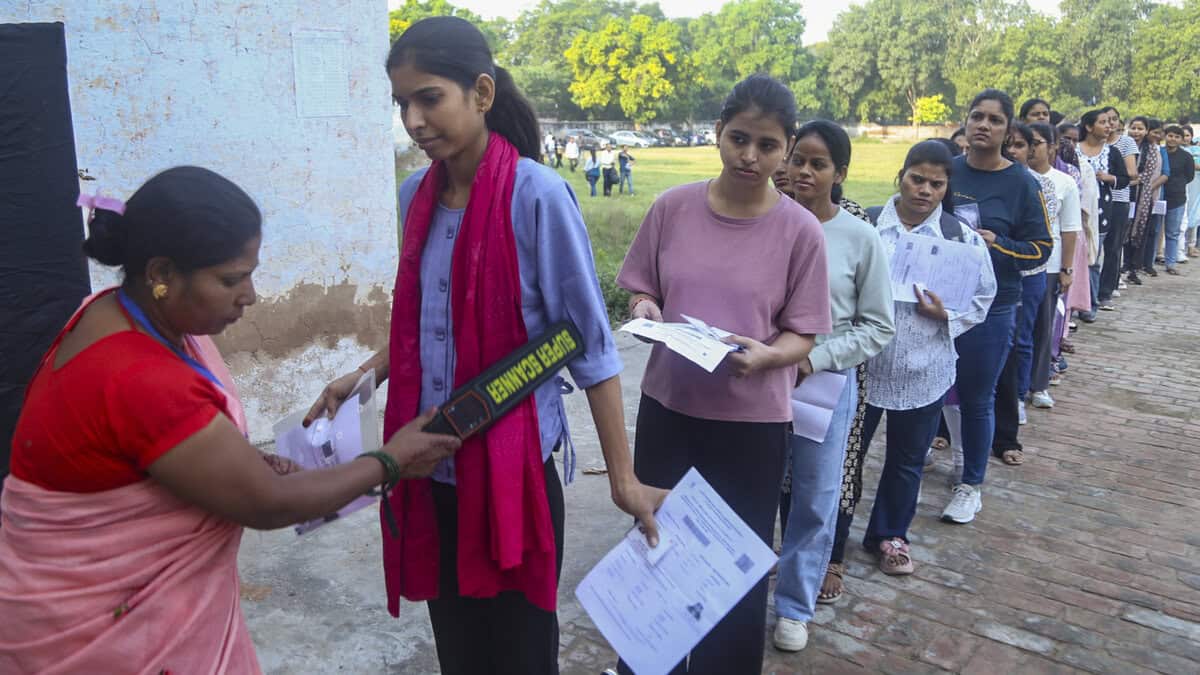The Railway Ministry has provided financial funding and technical assistance to the Hyperloop project, and now, all the electronics technology for this Hyperloop project will be developed at ICF Chennai.
Indian Railways News: India’s railway infrastructure is soon to witness a massive transformation after the government approved a groundbreaking hyperloop test project. This high-speed transit system, set to reduce travel times drastically, is poised to reshape connectivity in India. Imagine Bhubaneswar to Cuttack in 2 minutes and Bhubaneswar to Rourkela in just 18 minutes! With collaboration from IIT Madras and TuTr Hyperloop, India’s journey towards next-gen travel has begun.
To recall, Union Minister Ashwini Vaishnaw had earlier visited the Hyperloop testing facility at IIT Madras and said that the Hyperloop tube, being developed with the help of the Indian Institute of Technology Madras, will soon be the world’s longest tube, measuring 410 meters in length.
The 410-meter-long Hyperloop test tube located at IIT Chennai is already the longest Hyperloop test facility in Asia. Hyperloop is a high-speed train that runs in a vacuum in a tube. Union Minister Ashwini Vaishnaw on Sunday in a social media post added, “Longest Hyperloop tube in Asia (410 m)… soon to be the world’s longest.”
The Railway Ministry has provided financial funding and technical assistance to the Hyperloop project, and now, all the electronics technology for this Hyperloop project will be developed at ICF Chennai.
The Minister stated that highly skilled experts at the ICF factory have successfully developed large electronics systems for Vande Bharat high-speed trains, and the electronics technology for this Hyperloop project will also be developed at ICF.
The minister congratulated the young innovators team of IIT Chennai and the Avishkar organization for this successful testing.
Sources suggest that the proposed test track for commercial operations will allow the railways to assess the viability of hyperloop technology, capable of reaching speeds up to 1,200 kmph. The first test track, completed in December last year, will serve as a foundation for future developments.
Here’s a more detailed breakdown of the key features:
- The system consists of a network of sealed, low-pressure tubes, minimizing air resistance.
- Pods, or capsules, are lifted and propelled through the tubes using magnetic levitation and linear induction motors, allowing for frictionless movement.
- Hyperloop pods are designed to travel at speeds potentially exceeding 700 mph (1,125 km/h), significantly faster than conventional rail or even air travel for certain distances.
- Hyperloop systems are designed for direct, point-to-point travel, eliminating the need for intermediate stops.
















































